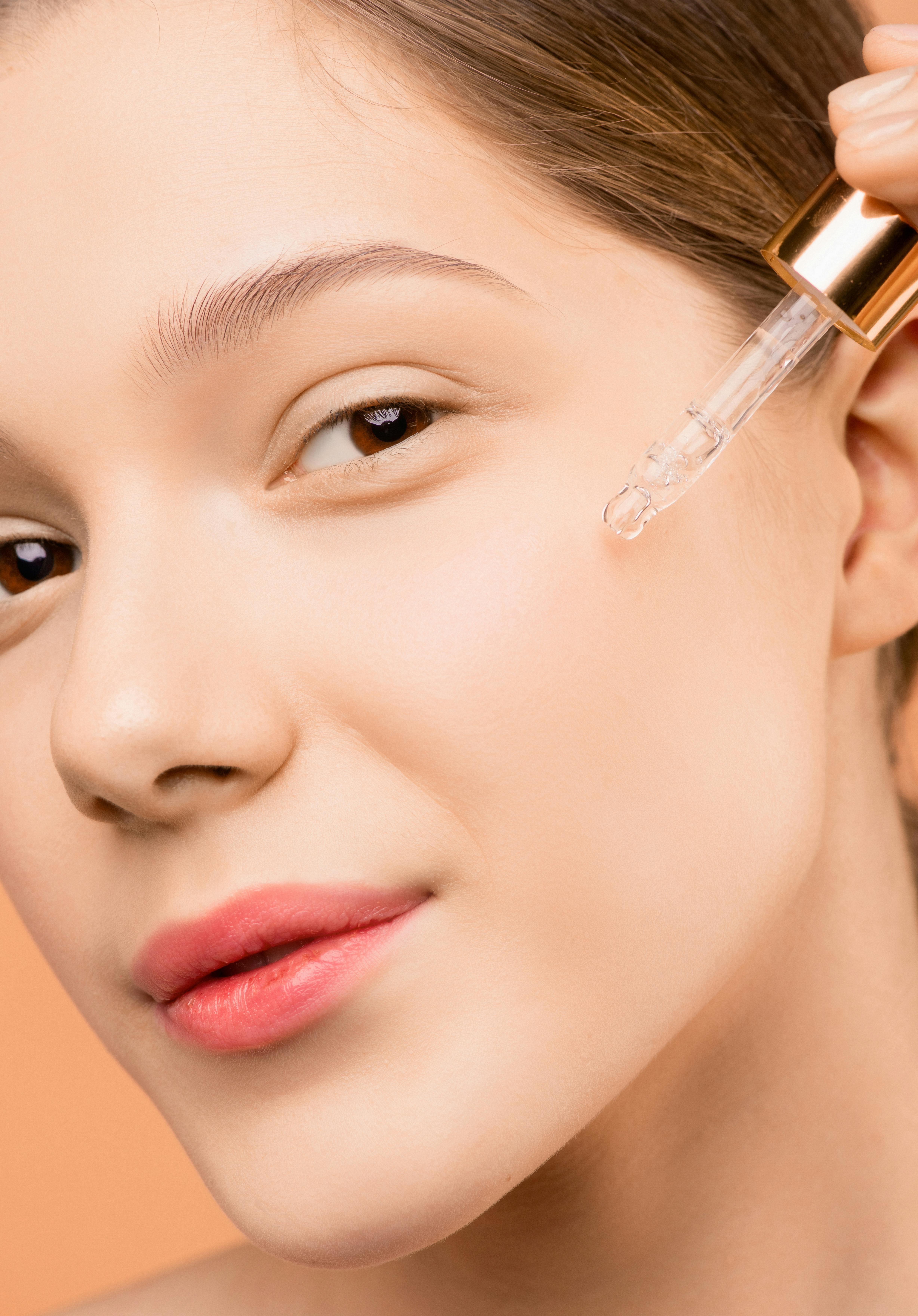Managing oil production: strategies for face and scalp balance
Balancing oil production on the face and scalp requires a consistent routine that addresses cleansing, hydration, and targeted nourishment. This article outlines practical, evidence-informed strategies for managing sebum without over-stripping the skin or scalp, and explains how serums, moisturizers, antioxidants, and protective products fit into daily care.

Balancing oil production across the face and scalp means supporting the skin’s natural barrier while reducing excess sebum where it causes shine, congestion, or scalp buildup. A steady routine that combines gentle cleansing, controlled exfoliation, and targeted hydration helps preserve elasticity and repair function without provoking rebound oiliness or irritation. This article covers practical steps for a daily routine, ingredient-focused choices such as peptides and antioxidants, and approaches for pigmentation and long-term skin and scalp health.
How does sebum affect face and scalp balance?
Sebum is a lipid-rich secretion that protects skin and hair but can contribute to clogged pores and a greasy scalp when produced in excess. On the face, excess sebum mixes with dead cells and environmental debris to increase the risk of comedones and inflammation; on the scalp, it can lead to heavier hair, flakes, or discomfort. Managing sebum means reducing unnecessary buildup while preserving lipid layers that support barrier function and elasticity. Over-cleansing or aggressive stripping can trigger compensatory sebum production, so moderation is important.
What cleansing and exfoliation steps help?
Cleansing should remove surface oil and pollutants without dehydrating. Use a gentle, pH-balanced cleanser once or twice daily depending on activity and skin type. For the scalp, choose a shampoo formulated to dissolve excess oil without sulfate overuse. Exfoliation helps control pore congestion and scalp dead-cell buildup; chemical exfoliants (low-percentage salicylic acid for oily areas) can be effective and less abrasive than frequent physical scrubs. Limit exfoliation frequency to avoid barrier damage, and always follow with hydration to restore moisture balance.
How can hydration, serums, and moisturizers be balanced?
Hydration is central to controlling oiliness: well-hydrated skin signals less need for compensatory sebum. Lightweight, non-comedogenic moisturizers with humectants like glycerin or hyaluronic acid provide hydration without heaviness. Serums can deliver concentrated actives—antioxidants for environmental protection, peptides for repair and elasticity support, and vitamins such as topical vitamin C or nicotinamide (vitamin B3) for barrier function and pigmentation concerns. For the scalp, leave-on lightweight serums or scalp tonics formulated for hydration and nourishment can help without weighing hair down.
Which active ingredients support repair and pigmentation control?
Antioxidants (vitamin C, vitamin E, niacinamide) help neutralize free radicals and may reduce visible pigmentation over time when used consistently and combined with sun protection. Peptides can support structural repair and elasticity by signaling repair pathways. When addressing hyperpigmentation or uneven tone on facial skin, use targeted topical formulations and incorporate sunscreen daily to prevent worsening. For scalp pigmentation or discoloration concerns, evaluation by a dermatologist is recommended to distinguish between superficial changes and conditions needing medical treatment.
What daytime routine and sunscreen choices are appropriate?
A morning routine focused on cleansing, lightweight hydration, targeted serum (if used), moisturizer, and sunscreen helps maintain balance. Choose a broad-spectrum sunscreen that is non-comedogenic and suitable for oily or combination skin—gel or fluid textures often feel lighter. On the scalp, use sunscreens or protective headwear for exposed areas. Sunscreen prevents pigment formation and supports long-term skin health; apply to all exposed facial areas as the final step in the morning routine.
How to approach long-term nourishment, elasticity, and scalp care?
Long-term management centers on consistency: regular gentle cleansing, periodic exfoliation, daily hydration, and periodic use of reparative ingredients (peptides, vitamins, antioxidants) to support elasticity and repair. Scalp care should include occasional clarifying treatments to remove buildup and leave-on products that promote moisture balance without clogging follicles. Dietary and lifestyle factors—adequate sleep, balanced nutrition, and hydration—also influence skin and scalp condition. If persistent issues like severe oiliness, inflammation, or unusual pigmentation arise, consult a qualified healthcare professional.
This article is for informational purposes only and should not be considered medical advice. Please consult a qualified healthcare professional for personalized guidance and treatment.
Managing oil production requires moderation: avoid extremes that dry or overwork the skin and scalp, and favor a routine that combines gentle cleansing, controlled exfoliation, targeted serums and moisturizers, and daily sun protection. Over weeks to months, consistent, measured care tends to yield improved balance, reduced congestion, and better overall skin and scalp comfort.





